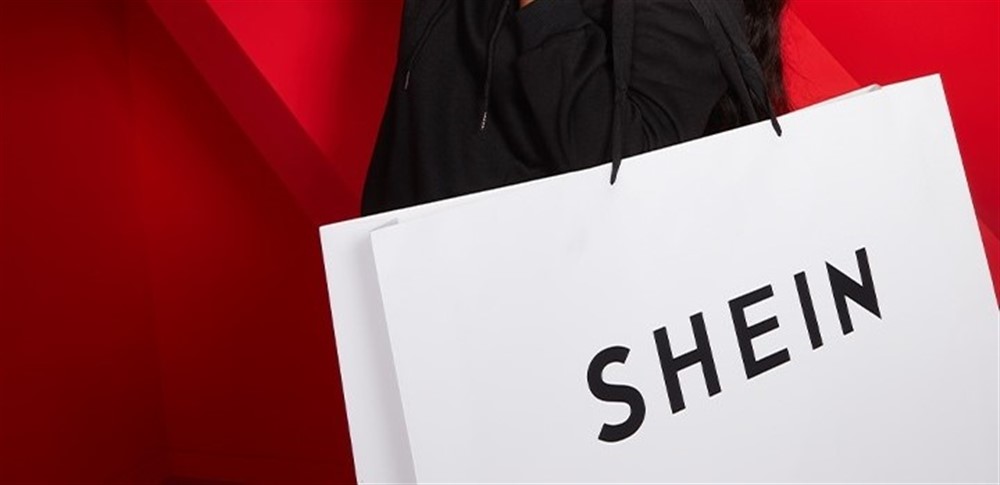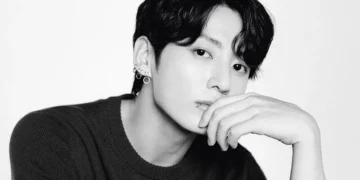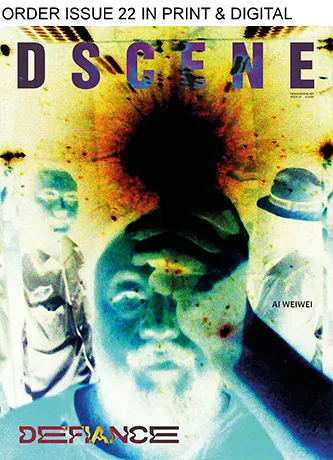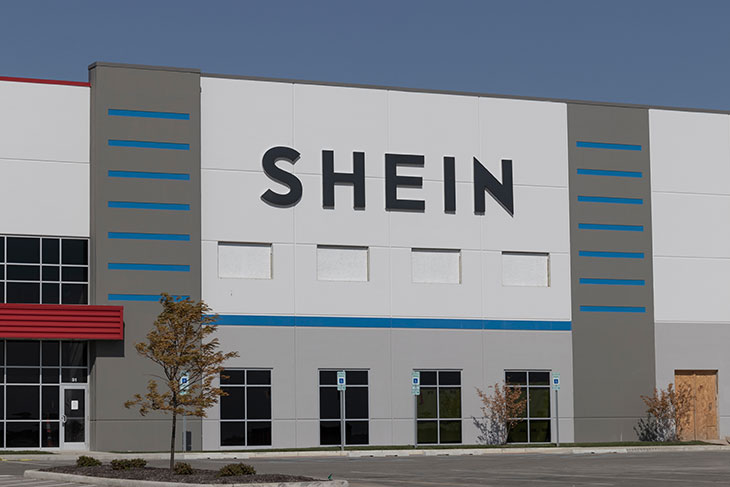
When Shein opens its first permanent boutique inside Paris’s BHV Marais on November 1, the date feels almost cruelly poetic. The launch coincides with La Toussaint, France’s All Saints’ Day, a national day of remembrance for the dead. In the eyes of many Parisians, the Chinese fast-fashion giant has chosen the perfect moment to bury something sacred: the craftsmanship and cultural integrity that built the French fashion identity.
FASHION NEWS
Inside the century-old Bazar de l’Hôtel de Ville, Shein is taking over a 1,000-square-meter space with the backing of Société des Grands Magasins (SGM), the real-estate group behind BHV and several Galeries Lafayette locations. For Shein, the move marks a new phase, transitioning from ephemeral pop-ups and endless online listings into a physical presence in Europe’s most scrutinized fashion capital. For BHV employees, designers, and longtime customers, it feels like an occupation.
The backlash came swiftly. Earlier this month, BHV employees staged a protest outside the store, denouncing their employer’s decision to partner with a brand often accused of human-rights violations, plagiarism, and ecological harm. A Change.org petition against the boutique surpassed 111,000 signatures within days. Paris Mayor Anne Hidalgo condemned the decision in a public post: “Paris denounces the establishment of Shein, a symbol of fast fashion, at BHV Marais.”
Independent French labels quickly followed suit. Aïme, Talm, Le Slip Français, and Culture Vintage announced their withdrawal from the department store, calling Shein’s arrival “the opposite of what the French industry stands for.” “Is it an easy choice financially? No. Is it an obvious choice? YES!” wrote Culture Vintage on Instagram. Beauty founder Mathilde Lacombe of Aïme framed her decision as moral: “We cannot turn a blind eye. Our collective choices shape the future of our industry.”
Shein’s model represents the ultimate acceleration of fashion’s disposability. The company lists tens of thousands of new items each day, each priced low enough to make restraint seem irrational. Polyester dresses for €7, miniskirts for €3, shoes for €10, the numbers read more like parody than retail.
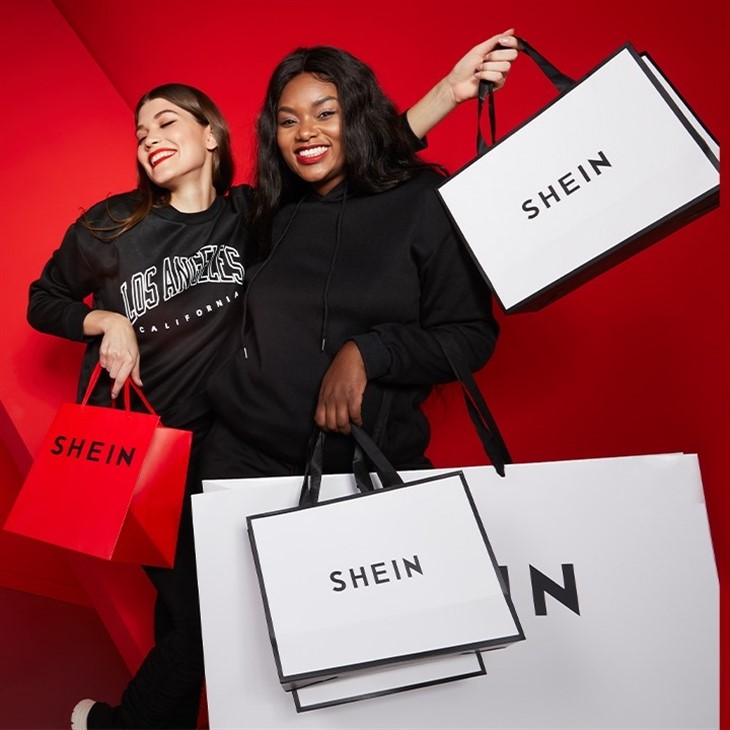
This business thrives on the “drop” economy pioneered by luxury houses, only Shein replaces scarcity with oversaturation. New collections appear hourly, designed by algorithms, produced at breakneck speed in subcontracted factories across China. Reports of underpaid labor, excessive waste, and stolen designs are not anomalies but features of the system.
Yet the outrage against Shein alone reveals a double standard. For decades, European fashion giants have benefited from similar conditions, they just did it at a higher price. Investigations have repeatedly uncovered luxury brands outsourcing production to the same low-wage factories that manufacture for fast-fashion chains. In 2022, The Guardian and Reuters reported that Italian ateliers producing handbags for major maisons, including Loro Piana, Dior and Armani, employed migrant workers earning less than €2 an hour. “Made in Italy” labels, as it turns out, sometimes cover Chinese-run sweatshops inside Tuscany.
Paris, the birthplace of haute couture, has long balanced artistry and exploitation. The difference between Shein and many legacy brands is not always ethical, but aesthetic. The fast-fashion giant makes the invisible visible, a system built on overproduction and cheap labor that consumers have tolerated for years, as long as it came wrapped in silk and heritage.
The Shein outrage has exposed the uncomfortable hypocrisy of French fashion culture. Parisians who lament “the death of savoir-faire” continue to queue for Zara and H&M. Influencers who condemn Shein on TikTok often wear brands whose supply chains are scarcely better documented. “People complain about Shein but turn a blind eye to Zara, H&M and other fast-fashion brands. What’s the difference?” one user posted on X.
The difference, perhaps, lies in optics. Zara and H&M learned to disguise their pace under the language of sustainability, “conscious collections,” “recycled cotton,” “eco lines.” Shein, too new and too brash, makes no such pretenses. It is the mirror image of the industry’s contradictions, and that reflection is difficult to stomach in a city that built its identity on refinement.
In June, France passed its anti-fast-fashion bill, a landmark measure that imposes escalating fees on ultra-cheap imports, up to €10 per item by 2030, and restricts advertising for high-volume retailers like Shein and Temu. The legislation also targets influencers who profit from promoting disposable fashion. But the law applies primarily to online retailers. By opening a brick-and-mortar store, Shein may be testing a legal gray zone, a way to pay less while claiming a physical stake in the market it has so long disrupted.
Donald Tang, Shein’s executive chairman, has framed the Paris launch as a tribute to the country’s legacy. “By choosing France as the place to trial physical retail,” he said, “we are honoring its position as a key fashion capital and embracing its spirit of creativity and excellence.” To critics, that statement reads as performance art. “Sure,” one commenter wrote, “nothing honors French craftsmanship like a €3 polyester crop top.”
For BHV Marais, the partnership signals financial desperation. The department store, once a symbol of accessible luxury, has struggled to stay relevant amid rising costs and shrinking margins. Its collaboration with Shein promises new foot traffic but at a potential cost to its identity. Twelve brands have already withdrawn in protest, and the store’s reputation as a curated destination for French design has taken a hit.
For Shein, this is a calculated move to gain legitimacy. By entering a department store that dates back to the Second Empire, the company signals its intention to be seen as a participant in the fashion establishment. It is a strategy of proximity: stand close enough to history and some of its aura might rub off.
Luxury and fast fashion are often treated as opposites, one driven by craft, the other by speed. In reality, they form a continuum. Both depend on constant novelty and global production chains that prioritize profit over people. Shein is simply the most honest expression of that system’s logic. It sells what the market has trained us to want: something new, cheap, and immediate.
The difference is that Shein’s methods feel too visible, too loud, too unapologetic for a country that has long romanticized its own contradictions. French fashion has always been a balancing act between art and commerce. But the arrival of Shein at BHV Marais suggests the scale has finally tipped.
As the doors open this Saturday, there will be crowds, shoppers, protesters, photographers, and those curious to witness what many call “the death of French savoir-faire.” Whether this moment marks a turning point or just another cycle in fashion’s long history of amnesia remains to be seen. But as one comment on Instagram put it succinctly: “Paris invented fashion. Now it’s fighting to keep its soul.”
